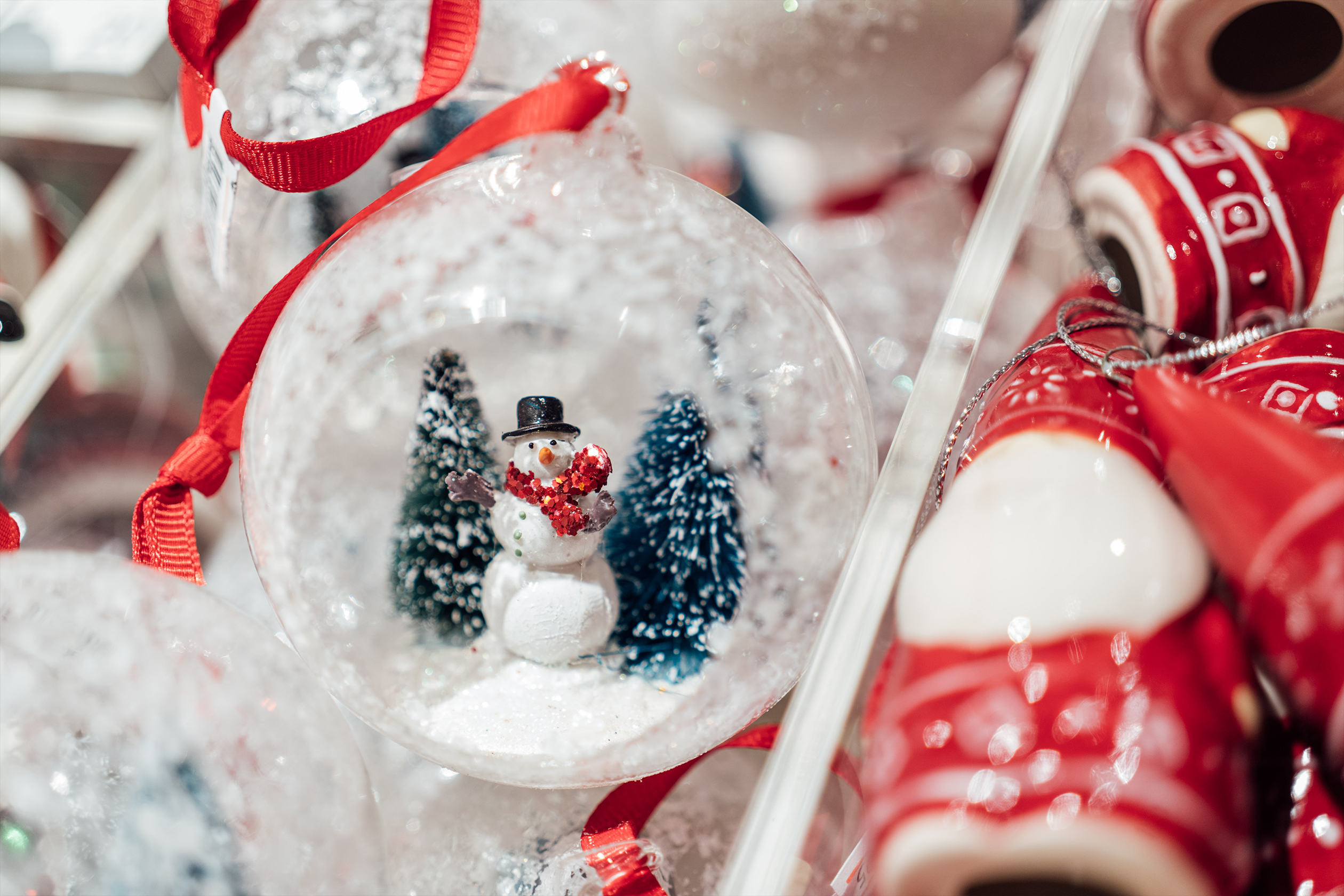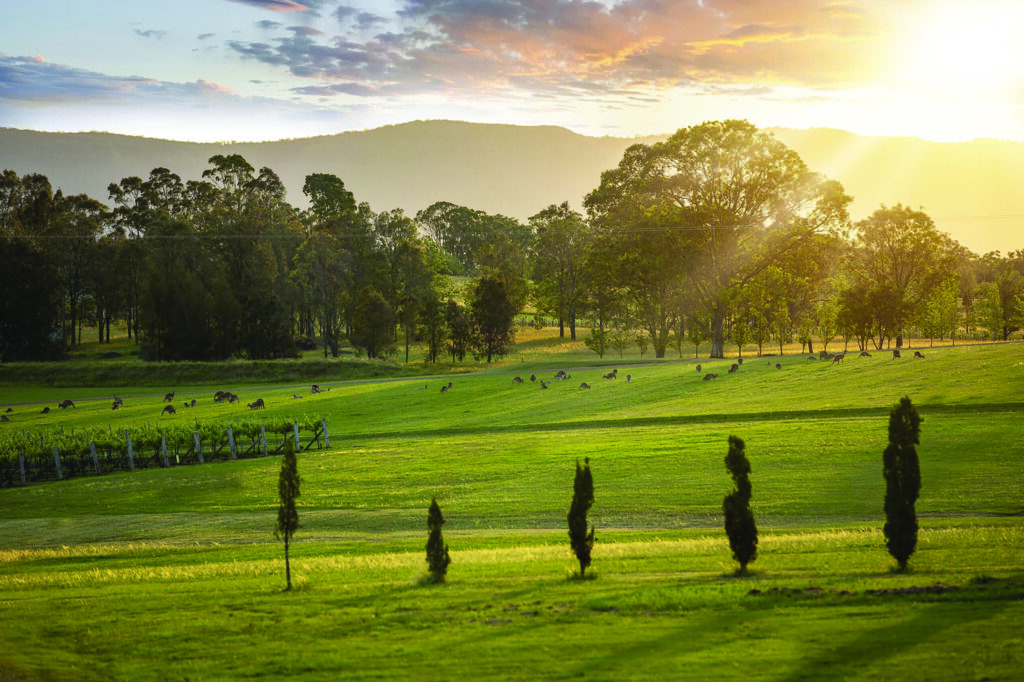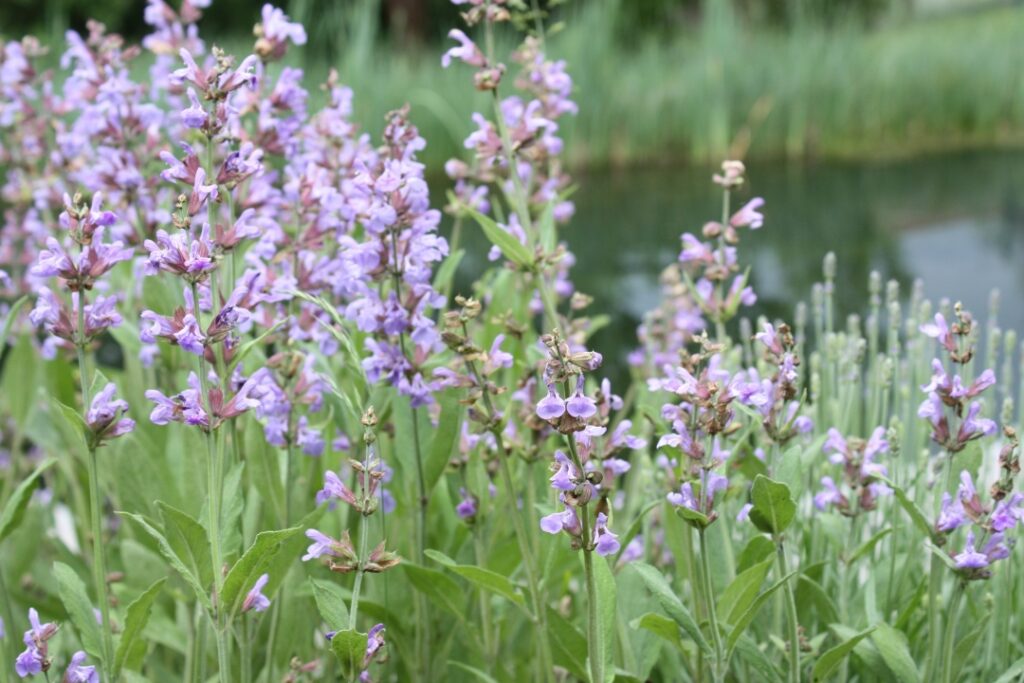When we left off we’d discussed the first 5 tips for an eco friendly Christmas, which included buying less, re-using old decorations instead of buying new ones, reconsidering the way you wrap gifts, DIY Christmas cards and buying a real tree instead of a plastic disposable one. Now we’re back with even more tips for an eco friendly Christmas!
6. Only buy the food you’ll need
As Australians we love to indulge in sharing food during special occasions, and come Christmas time it’s easy to find ourselves stocking up on food like some kind of manic hybernating bear, only to realise later that we’ve bought way too much. Food waste is already a huge problem in Australia alone, and over the Christmas period it becomes so much worse.
The key to reducing the amount of food waste we contribute is by planning ahead. If possible, you should aim to know exactly how many people you’ll have to feed, and what – if anything, they’re going to bring along with them too. Consider creating a set menu and sharing it with each person who will be coming to your house. This way you and everybody else will know exactly what they need to buy without accidentally over-indulging (or over spending!)
Food waste in landfill significantly increases the production of damaging methane gasses, which are a proven contributor to global warming, so aim to avoid disposing of food unnecessarily wherever possible.
Want some resources to help fight food waste? Oz Harvest offers a great range of video content and downloadable resources for your home, work and even school!
7. Recycle as much as possible
Over the holiday period a staggering amount of material is sent to landfill. For this reason, recycling is probably one of the most important things we can do to reduce our contribution. Plastic packaging and other disposable materials such as bottles, cups and disposable cutlery can accumulate over the Christmas period, so aim to avoid using disposable items as much as possible, and not just over Christmas. Dishes can be a pain when there’s a lot of people to feed, but extra hands means extra help! Try creating a clean-up roster. Anyone who didn’t help with dinner is fair game, including the kids.
When it’s time to dispose of the wrapping and packaging, be sure to go through everything and recycle anything you possibly can. It may take a little extra time, but it really pays to separate as much for recycling as possible to reduce the contribution to landfill.
Most households within Australia have good intentions and recycle a lot of their waste by putting it in the “yellow” bin, but did you know that you could actually be doing it wrong? Contamination of your yellow bin with non-recyclable materials or materials with food waste stuck to them can result in your entire batch being sent straight to landfill, good intentions and all. Most recycling centres simply do not have the man-power or resources to sort through every piece of waste that comes through their doors. To avoid this issue, you can do a simple check online for recycling guidelines. But it’s best to check with your local council to adhere to what their centres can and can not recycle. Local recycling centres do everything they can to reduce the amount of waste going to landfill, but we all have a responsibility to care for what we’re placing in our bins. Once you know what you’re doing, it’s actually really easy!
Some simple steps to avoid contamination in your recycling is to separate lids and plastic rings from bottles, rinse out empty containers and remove food from plates and cutlery. Staples, twisties and tapes should be removed from packaging before recycling as well. Additionally, make sure to cut any plastic rings open with a pair of scissors to avoid any marine life becoming trapped in them.
8. Save power
The cost of electricity and gas in this country is already excessively high, and it also drains a lot of our natural resources as well. For this reason, consider reducing the amount of Christmas lights and other electronic decorations you use around your home, and set them on a timer so they aren’t left on 24/7.
Additionally, opt for eco friendly LED Christmas lights, as they use 95% less energy than standard bulbs and they cost less to your hip pocket. Better still, choose solar LED lights and they won’t cost your energy bill an extra cent!
While your family and friends are around, why not switch off the TV and other electronic devices? We promise the kids will survive the day, even without their tablets and gaming consoles!
9. The dreaded clean up (insert chilling scream here)
With any luck, following the tips outlined above will have already dramatically reduced the amount of waste and clean up you’ll have to endure once the family clears out. But no matter how much you might try, there’ll always be cleaning to do. Children especially are on a mission to create as much mess as they can. It’s a conspiracy.
As outlined in step 7, try to re-use and recycle as much as you possibly can. Store your leftovers in containers to be eaten later, or send the family home with a care-package. By force, if necessary.
When it comes to cleaning your home, consider using eco friendly products such as Tri Nature’s range of plant based cleaners to eliminate the impact of nasty toxic chemicals on your family and the environment. Haven’t tried us before? This set would be a great place to start!
For even more tips to master the Christmas clean up, check this out.
So there you have it! We hope that these tips and resources help save you time and money this holiday season. Merry Christmas!



